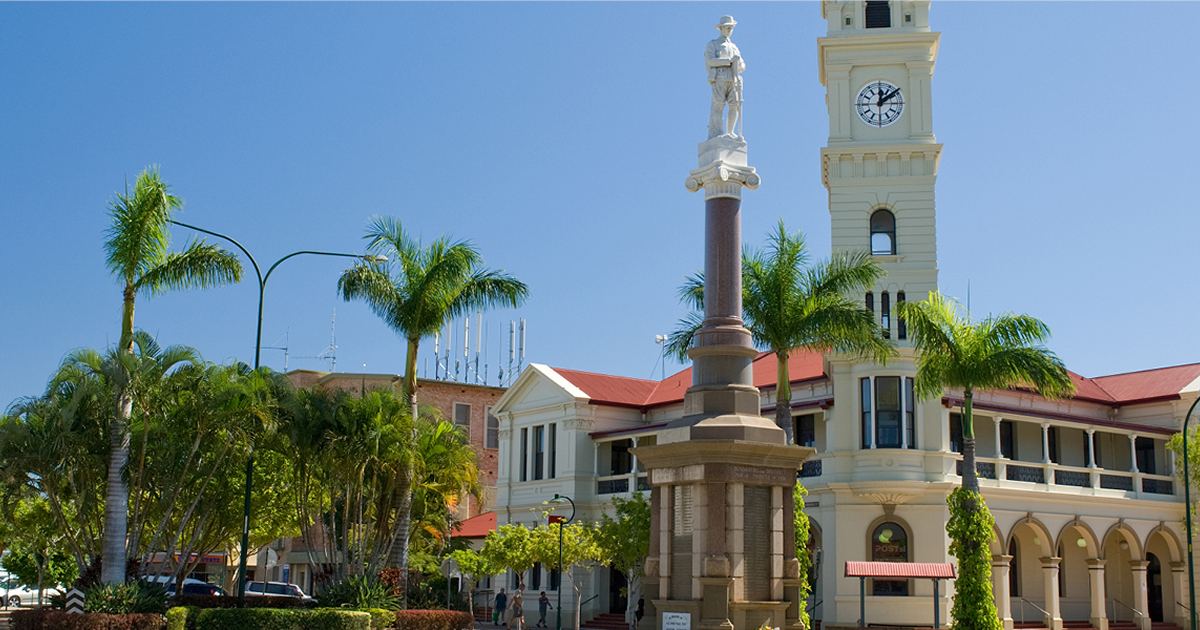
Queensland’s Bundaberg Regional Council has endorsed a report in relation to the entire region achieving net zero emissions by the end of the decade – and renewables will of course play a major role.
Back in October last year, Council committed to introducing a “circular economy”1 and achieving a net zero carbon target for the local government area by 2030. At Council’s Ordinary Meeting last week, a related report titled “Towards Net Zero Bundaberg” was endorsed.
Renewable Energy A Heavy Lifter
The report (starts page 7) includes 55 actions that will help the Bundaberg region decarbonise its economy.
Council says 65 per cent of emission reductions required for the region to reach its net zero target could come from renewable energy investment proposed by the private sector.
“Enabling this renewable energy uptake into the grid will require advocacy by Council to ensure the region’s utility providers are ready and transitioning the grid to support the creation and distribution of more renewable energy within the region,” the organisation states.
As for the remaining 35 per cent, this may require up-front investment by Bundaberg Regional Council, local businesses, households, and individuals. Council sees the biggest opportunity for addressing this portion as being strong uptake of low- and zero-emissions vehicles.
Doing Nothing Not An Option
Slashing emissions isn’t just about playing a part in addressing the increasing threats of climate change.
“Put simply, if the region isn’t prepared for a net zero future, a number of harmful and avoidable costs will impact the region,” says Council. “Some of the costs of inaction include costs from changing legislation, from a corporate shift to net zero, from a reliance on fossil fuels for energy production and their rising costs, and potential opportunity costs of lost regional funding, investment, and jobs.”
Community Involvement
Realising the goal will not be possible without a whole-of-region approach says Council. While the organisation stresses community involvement is voluntary, examples of participation might include decisions such as installing solar panels or choosing to purchase an electric car.
The community already has a bunch of experience in the former, helped along by some great solar installers servicing Bundaberg. In fact, Bundaberg is a national leader in small-scale solar power uptake. More than 18,789 systems have been installed in the 4670 postcode area to date, with a collective capacity of 96,285 kilowatts2 – or 96.285 megawatts. This works out to more than 1.2 kW of PV per person.
Community education sessions will start being held early in 2023. As well as the report linked to above, more information on the Towards Net Zero Bundaberg initiative can be found here, where residents and other interested parties can subscribe to keep up to date with what’s happening.
Footnotes
- At a very basic level, a circular economy is an economic system based on sharing, leasing, reusing, repairing, refurbishing and recycling existing materials and products, with a strong focus on eliminating waste and pollution. ↩
- While Bundaberg leads Australia in the number of installations on a postcode basis, the postcode with the greatest capacity is 3029 (Victoria) with 105,368 kilowatts. Bundaberg comes in second. The 3029 postcode includes Tarneit. ↩

 RSS - Posts
RSS - Posts



Speak Your Mind